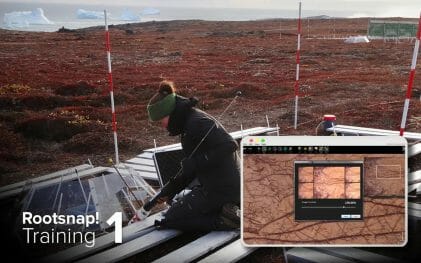April 12, 2023 at 5:00 pm | Updated April 12, 2023 at 5:00 pm | < 1 min read
In the final part of our three-part series on using Rootsnap! software, Kendra Ellertson will take you through a time series case study, demonstrating how to map out root growth and dieback over time and how to see the data output from your project. With the CID Bio-Science In-Situ Root Imager, which makes high-resolution observation of root growth and behavior simple and non-destructive, and Rootsnap! software, which simplifies mapping roots using the multi-touch feature and our proprietary “Snap to Root” function, tracking changes to root systems has never been easier. Join us for this tutorial and discover how Rootsnap! software can help you glean insights into plant response to environmental changes over time.
Info for our CI-600 In-Situ Root Imager: https://cid-inc.com/plant-science-tools/root-measurement-plants/ci-600-in-situ-root-imager/
Related Products
Most Popular Articles
- Transpiration in Plants: Its Importance and Applications
- Leaf Area – How & Why Measuring Leaf Area…
- How to Analyze Photosynthesis in Plants: Methods and Tools
- Plant Respiration: Its Importance and Applications
- The Forest Canopy: Structure, Roles & Measurement
- Stomatal Conductance: Functions, Measurement, and…
- Forest & Plant Canopy Analysis – Tools…
- Root Respiration: Importance and Applications
- The Importance of Leaf Area Index (LAI) in…
- Irrigating with Saline or Seawater






